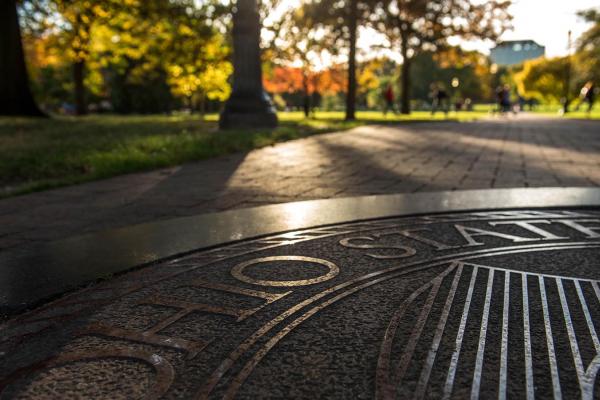Event: Aftermath of the Arab Spring

Last night's event hosted by the Arab Student Union at the Ohio State University, "Aftermath of the Arab Spring," was enjoyable and thought-provoking. Four distinguished panelists brought a variety of important knowledge bases to the conversation. I was impressed that this included:
- sharing on-the-ground experiential knowledge (each of them),
- shedding light on diverse theoretical perspectives and
- providing ways of seeing the situation/s as alternatives to what is typically given in the media.
Individual countries were addressed specifically, with a focus on Egypt, and Syria. I appreciated this, as each case provides a new means of understanding of the factors they all have/had in common, and at the same time show how different each circumstance is/can be. Here are some highlights, not by any means exhaustive, complete or representative, but intended to provide to you what might be new information:
Dr. Iyad Azrak, a very admirable Syrian and activist, continues to visit Syria regularly, often operating on victims of the violent conflict - usually women, children and non-combatants. His accounts were heart-breaking. He vigorously contested the idea that what is going on in Syria is simply a "proxy war" between the U.S. and Russia. From the ground, the involvement of the U.S., especially, is seen as minimal as weaponry for the rebels is not sufficiently provided. He described the bravery of Syrian demonstrators, who peacefully protested at the beginning of what was to become war. He also emphasized that Syrians call it a Revolution, not an uprising.
Dr. Imam Osama 'Eisa brought of the issue of class divisions in Egypt, in connection with social forces at play during the intial Tahrir Square protests, and now. He pointed out the very different class experiences Muslim Brotherhood members, and so-called "secularists" tend to have now, and historically since the time of Nasser. Because the Muslim Brotherhood had been targeted by the Mubarak government, protesting was (and still is) a more risky enterprise, often resulting in brutal consequences.
Dr. Ziad Abu-rish, of Ohio University, shared not only is perspective as a researcher, but as an activist. One of the most important, and unfortunate, changes that occured - both in terms of how one looks at the situation academically, and its ramifactions for activism - is that activists from different walks of life, who used to cooperate, became divided after the uprisings across the Middle East. At the beginning there was hope because, according to him, there was "breathing room" for new visions - - the imaginative possiblities for a just society were opening up. These hopes were soon dashed, however, when the uprisings polarized activists.
Dr. Pranav Jani, Professor at Ohio State University, noted that the whole world was protesting capitalist oppression at the time of these uprisings. He reminded the audience of the Occupy Wall Street protests which were occuring in the U.S. at the time, and called the uprisings in the Arab world "their greatest expression". He noted that the very same conditions which motivated people to go out and demand change still exist. Further, government policy hasn't changed, either. Even Mursi, he stated, regardless of his Muslim Brotherhood affiliation, continued major policies of Mubarak.
This is only what I have the ability to share now. There was much more valuable information shared by the panelists. If you would like more of this type of information, please get involved! Check out our web pages, follow us, or get in contact with our student organizations, or our Middle East Studies Center directly. If you are not in Columbus, plenty of our events are online. Thank you!
